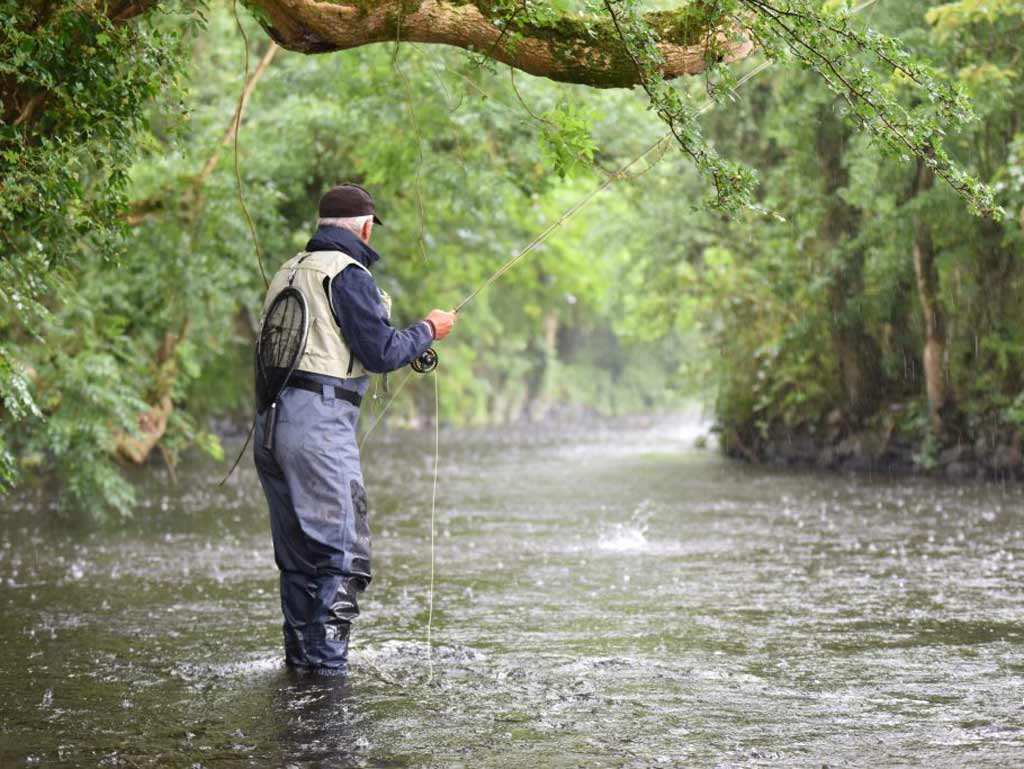Ever planned a perfect fishing trip, only to find your line sitting lifeless on the water? The culprit might not be your skills, but the weather itself! Understanding how weather conditions impact fish behavior is the key to a successful outing.
Weather’s Influence on Fish:
- Water Temperature: Most fish are cold-blooded, adapting their activity level to the water temperature. Cooler water means slower fish needing less food, while warmer water makes them active and hungry. Water temperature also affects dissolved oxygen levels, crucial for fish survival. Each species has a preferred temperature range and won’t feed outside of it.
- Wind: Wind creates waves and currents, stirring up nutrients and affecting water clarity. Strong winds can also influence barometric pressure.
- Barometric Pressure: Fish are sensitive to air pressure changes. Sudden drops signal approaching storms, often triggering a feeding frenzy as fish stock up before less favorable conditions arrive. Conversely, rising pressure after a storm usually leads to sluggish fish.

Fishing with the Forecast:
- Pre-Storm Frenzy: As a storm approaches, dropping pressure creates ideal fishing conditions. The key is timing your trip during this extended pressure drop for maximum bait-chasing activity.
- Post-Storm Lull: Once the storm passes, a cold front with high pressure arrives. This typically means poor fishing as fish become inactive.
- The Return of the Bite: After a period of stable pressure (around 3 days), fish become active again, potentially hungrier due to the lack of feeding during the high-pressure lull. This period can offer excellent fishing opportunities.
Adapting Your Tactics:
- Apps and Timing: Modern fishing apps with barometer readings can help you plan your trip based on pressure changes.
- Temperature and Clarity: Use slow-moving lures in cold water and vice versa. In murky water caused by wind or rain, rely on bright lures or those with strong vibrations to attract fish using their lateral line.

Bonus Tips:
- Cold, murky water calls for brightly colored lures (reds, yellows, greens). In extremely muddy water, stick to bright yellow or green lures.
- Rough seas suggest fish have retreated to deeper waters. Choose a suitable boat for such conditions.
Safety First:
While pre-storm fishing can be productive, prioritize safety. Always check weather reports and leave ample time to return before bad weather hits. By understanding how weather affects fish and adapting your techniques, you’ll be well on your way to a successful and enjoyable fishing trip!
Images/Source: FishingBooker





